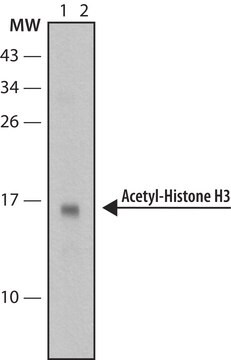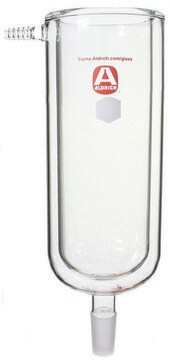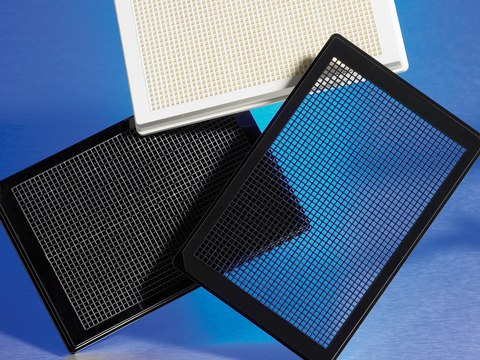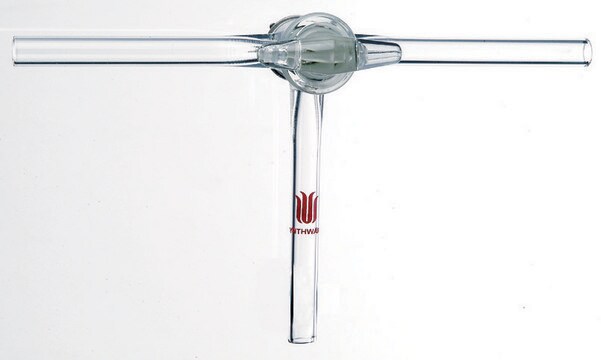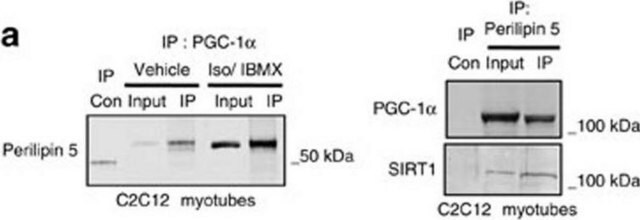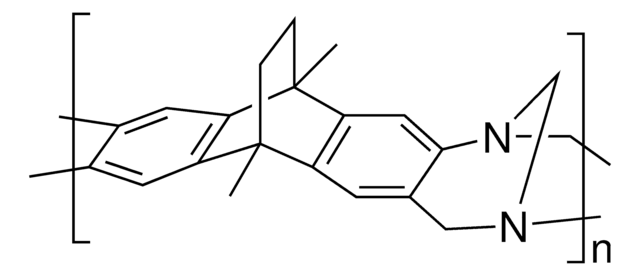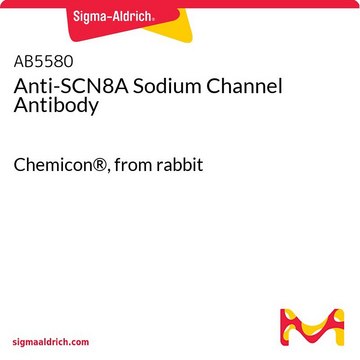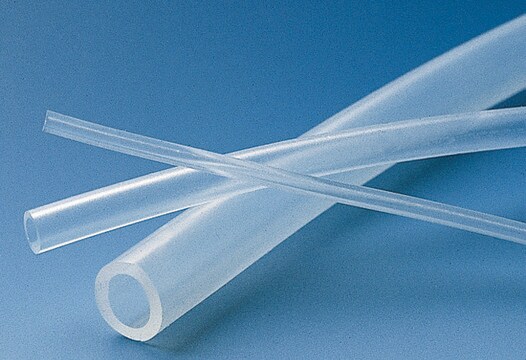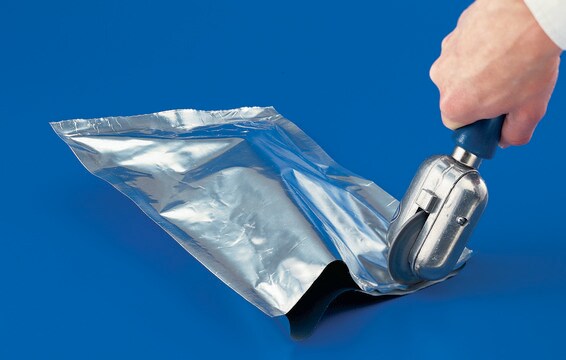MAB1683
Anti-Ankyrin Antibody, clone Ank016
clone Ank016, Chemicon®, from mouse
About This Item
Prodotti consigliati
Origine biologica
mouse
Livello qualitativo
Forma dell’anticorpo
purified immunoglobulin
Tipo di anticorpo
primary antibodies
Clone
Ank016, monoclonal
Reattività contro le specie
rat, human, rabbit, pig, mouse, bovine, canine
Produttore/marchio commerciale
Chemicon®
tecniche
ELISA: suitable
flow cytometry: suitable
immunocytochemistry: suitable
immunoprecipitation (IP): suitable
western blot: suitable
Isotipo
IgG2a
N° accesso NCBI
N° accesso UniProt
Condizioni di spedizione
dry ice
modifica post-traduzionali bersaglio
unmodified
Informazioni sul gene
human ... ANK1(286)
Categorie correlate
Specificità
Immunogeno
Applicazioni
Cell Structure
Cytoskeleton
ELISA: 1:1000
Immunoprecipitation: 1:100
Immunocytochemistry, using 2% paraformaldehyde fixation; higher fixation (i.e. 4% PFA can be problematic) 1:100; light fixation 5-10′ RT usually; permeabilize lightly with 0.1% triton X-100 as protein is intracellular.
Flow cytometry: 1:500
Immunohistochemistry: 1:100; light fixations suggested; PLP or mild zinc formalin recommended.
RIA: 1:5000
Optimal working dilutions must be determined by end user.
Stato fisico
Stoccaggio e stabilità
Altre note
Note legali
Esclusione di responsabilità
Non trovi il prodotto giusto?
Prova il nostro Motore di ricerca dei prodotti.
Codice della classe di stoccaggio
12 - Non Combustible Liquids
Classe di pericolosità dell'acqua (WGK)
WGK 2
Punto d’infiammabilità (°F)
Not applicable
Punto d’infiammabilità (°C)
Not applicable
Certificati d'analisi (COA)
Cerca il Certificati d'analisi (COA) digitando il numero di lotto/batch corrispondente. I numeri di lotto o di batch sono stampati sull'etichetta dei prodotti dopo la parola ‘Lotto’ o ‘Batch’.
Possiedi già questo prodotto?
I documenti relativi ai prodotti acquistati recentemente sono disponibili nell’Archivio dei documenti.
Il team dei nostri ricercatori vanta grande esperienza in tutte le aree della ricerca quali Life Science, scienza dei materiali, sintesi chimica, cromatografia, discipline analitiche, ecc..
Contatta l'Assistenza Tecnica.